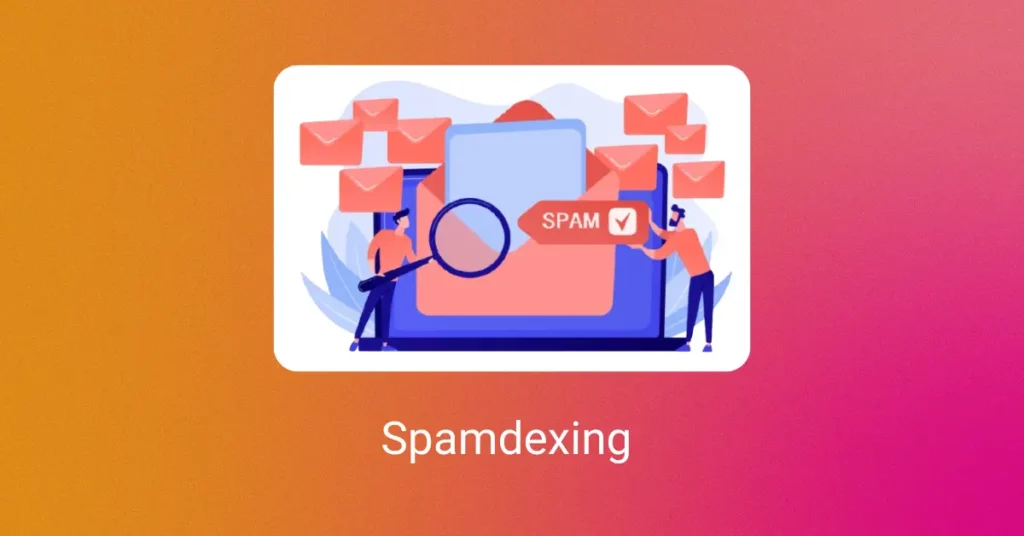In the vast digital marketing realm, a shady technique exists called “spamdexing.” It is important to shed light on this deceptive practice that undermines the credibility of search engine results. So, what is spamdexing? Let us look into it.
What is Spamdexing?
Spamdexing, often known as webspam or black-hat SEO, is a practice that tries to manipulate search engine rankings and violates Google’s webmaster guidelines. To accomplish this, attackers gain access to a normal, healthy website and then insert malicious keywords and links. This tactic deceives naive consumers who think they are visiting a legitimate website to place orders but fall victim to fraud.
For instance, consider a website that sells men’s shoes. The website stuffs its content with excessive keywords and irrelevant backlinks to manipulate rankings. This is a spamdexing example, showcasing the technique that tricks search engines while degrading the user experience.
Search engines actively combat webspam since spamdexing offers no value to searchers. Google efficiently tackles this practice using a highly effective solution called SpamBrain. With the help of this tool, 99% of searches can be kept spam-free.
Methods Of Spamdexing
Spamdexing methods can be divided into two broad categories: Content and Link spam.
Content Spam: Have you ever heard of content spam? It happens when individuals attempt to manipulate the system by tweaking content to rank higher in searches. But guess what? It’s completely unethical and violates Google’s Search Essentials guidelines. Let us look at what content spam is and why it is an important concern in the online world.
- Keyword Stuffing – This refers to the instances where individuals repeatedly cram the same term into their content, hoping it will boost their search rankings. Unfortunately, keyword stuffing is no longer acceptable.
- Article Spinning – This is another black-hat sneaky practice where one creates content merely by swapping phrases, playing with synonyms, and using grammar tactics. Though it can pass plagiarism checks, it will lack the human touch. Also, it may result in duplicate content issues.
Link Spam: A process manipulating technique where manipulate the process individuals try building backlinks to boost their search engine ranking. Listed below are the components of link spam.
- Guest Blog Spam – It is when individuals publish many low-quality guest posts on irrelevant websites simply to get a lot of backlinks and boost their rankings. It is like a quick fix that is not the best long-term solution.
- Buying Expired Domains – It is a practice when individuals buy expired domains solely for link building, utilizing their domain authority to raise the rankings of other websites.
- Guest Blog Spam – To build backlinks and manipulate search engine results, this spam is a practice of publishing many low-quality guest posts on irrelevant sites.
Should You Employ Spamdexing?
Absolutely not! Digital marketers and SEO practitioners must avoid using spamdexing since it goes against ethical SEO practices. It is always preferable to focus on legitimate and long-term SEO tactics to build a solid online presence. However, some spamdexing methods are still effective, particularly in specific niches such as loans, gaming, etc. Black-hat SEO experts are mindful of the threats and are aware that they may face a Google penalty and have their websites deindexed. They will simply move to a new domain; it is part of their strategy. If you are serious about your website and want it to receive consistent organic search traffic in the long run, you should avoid spamdexing.
Popular Searches
How useful was this post?
0 / 5. 0

















